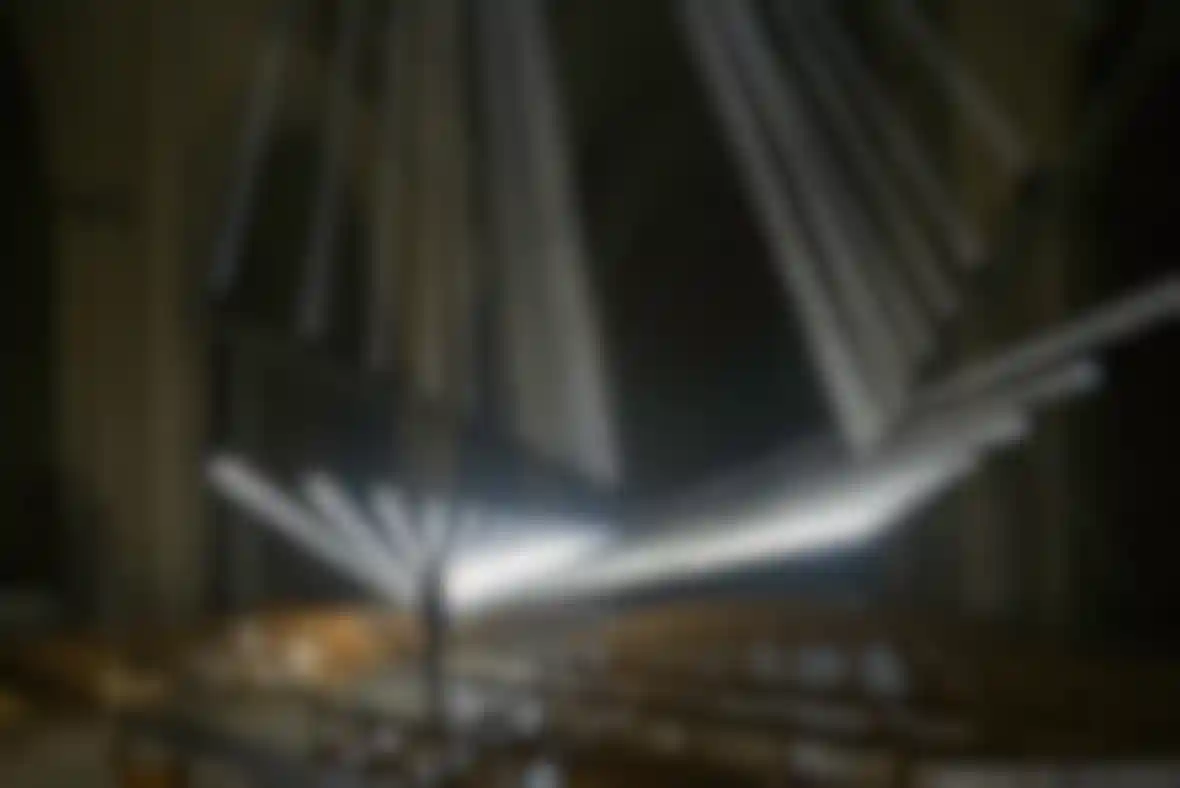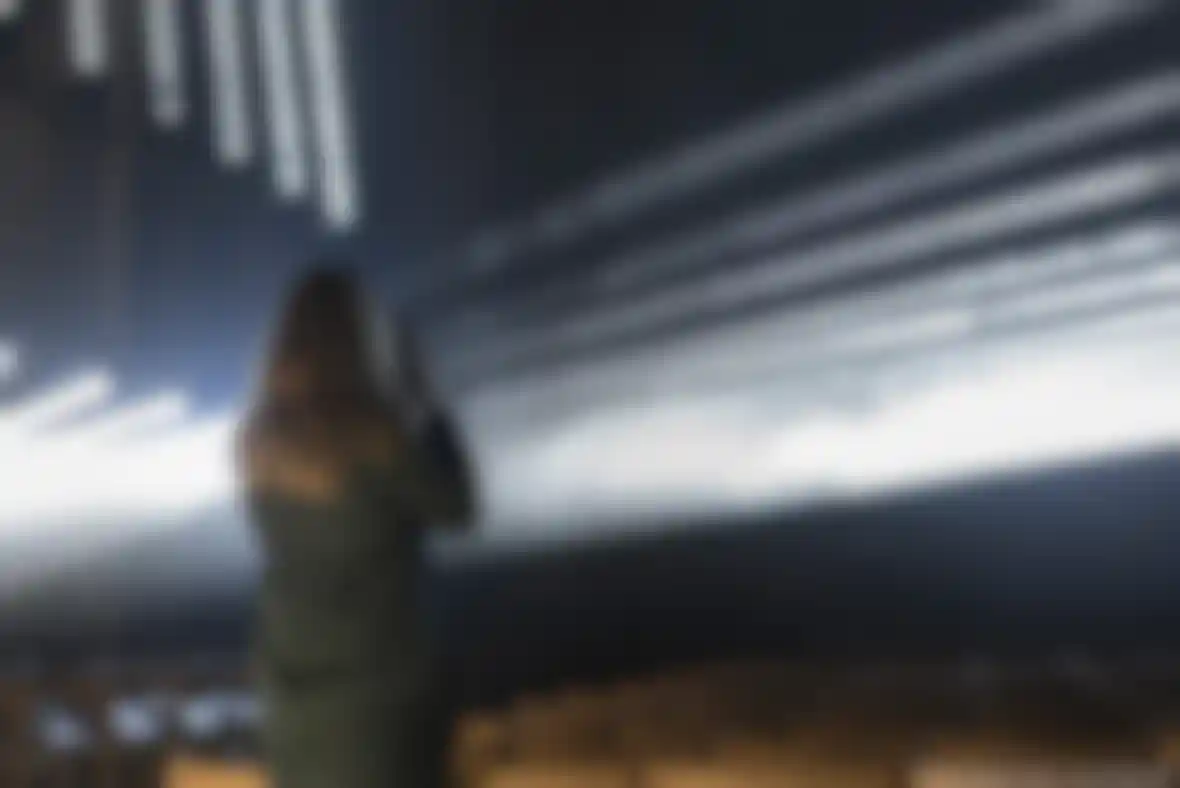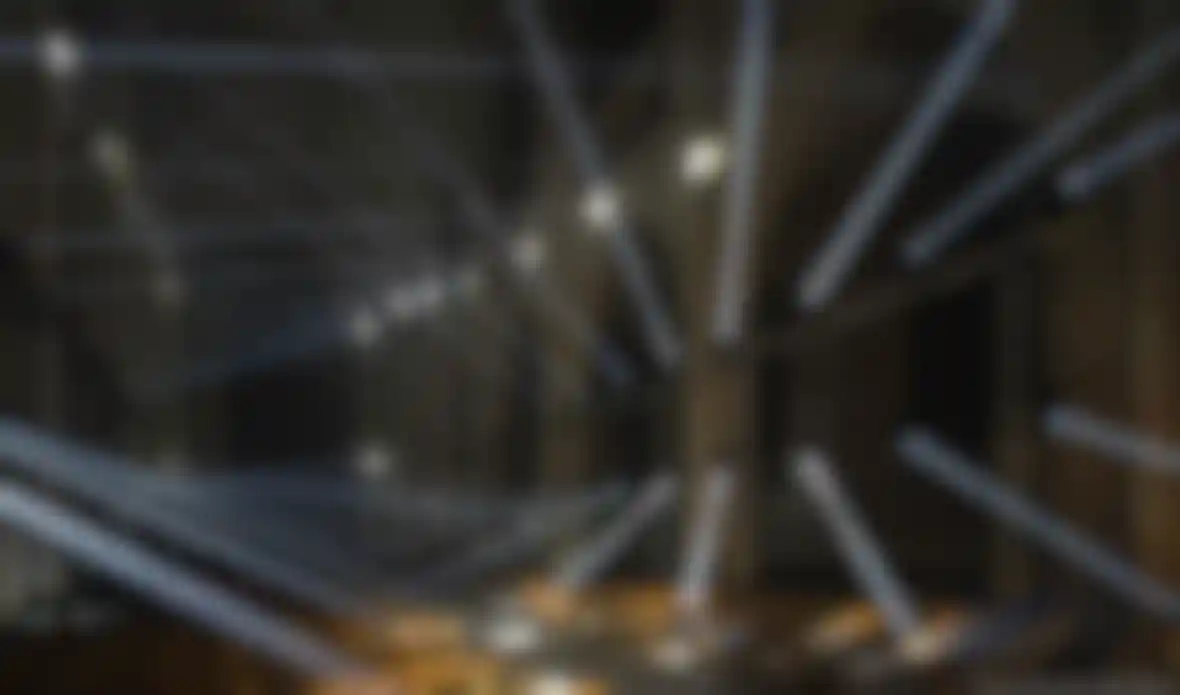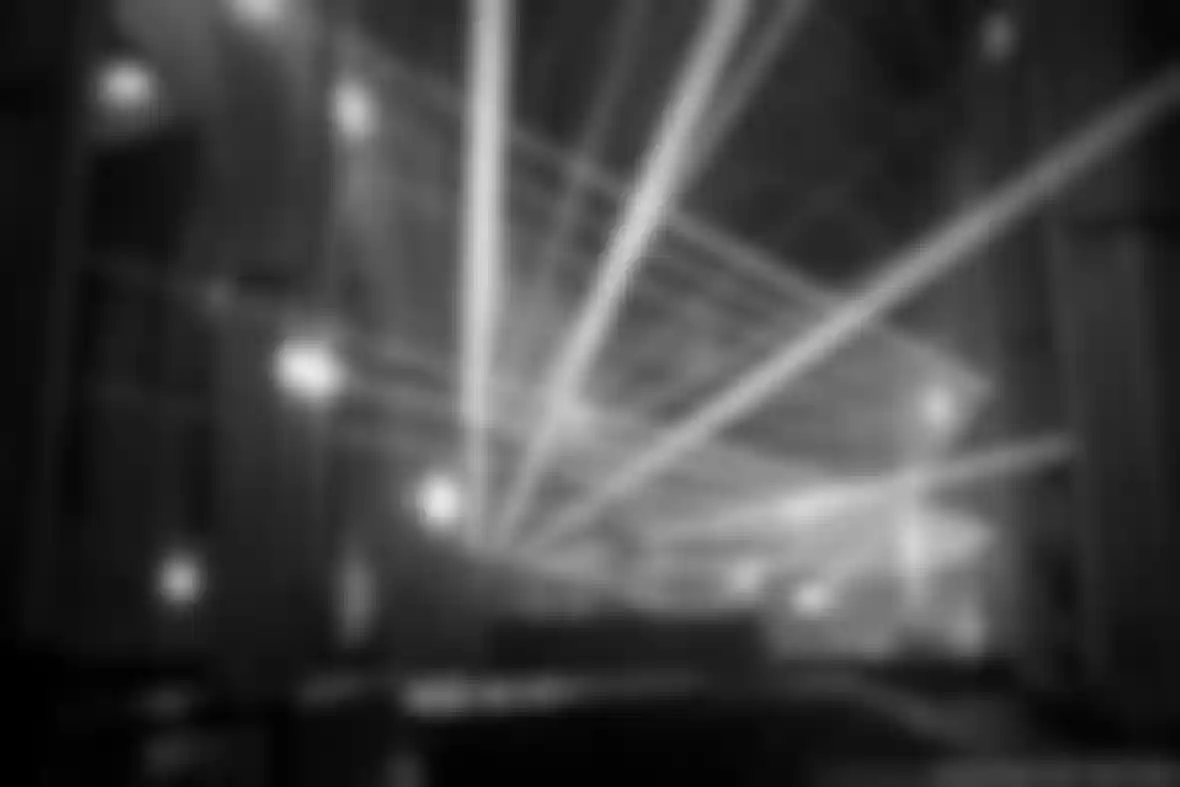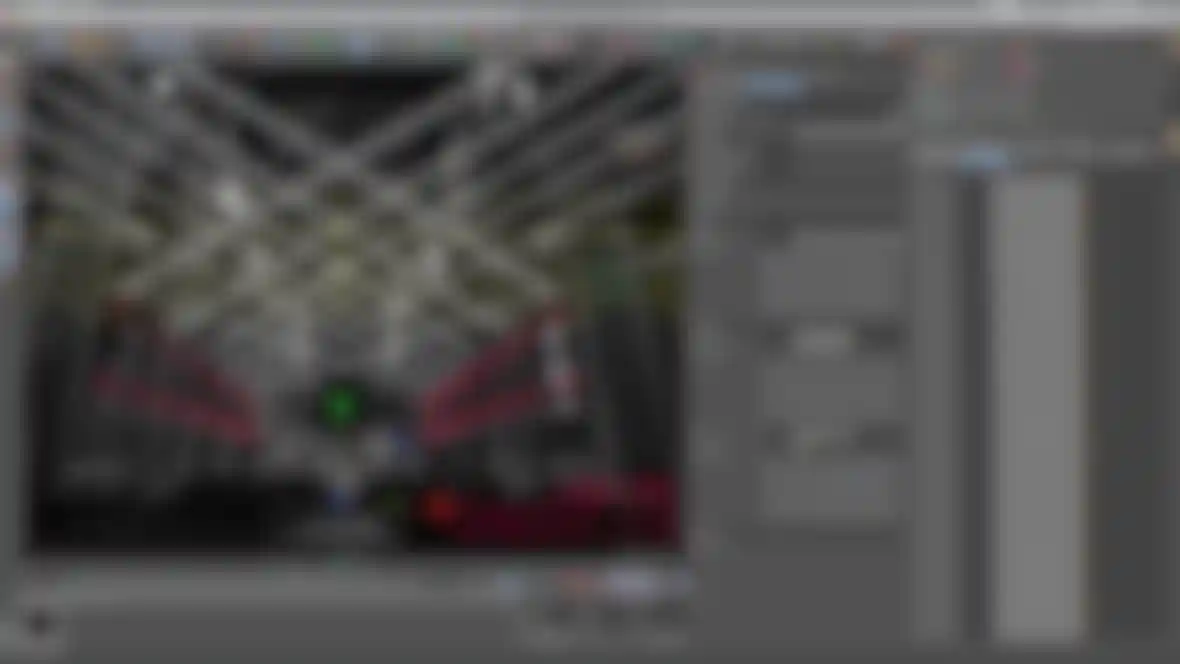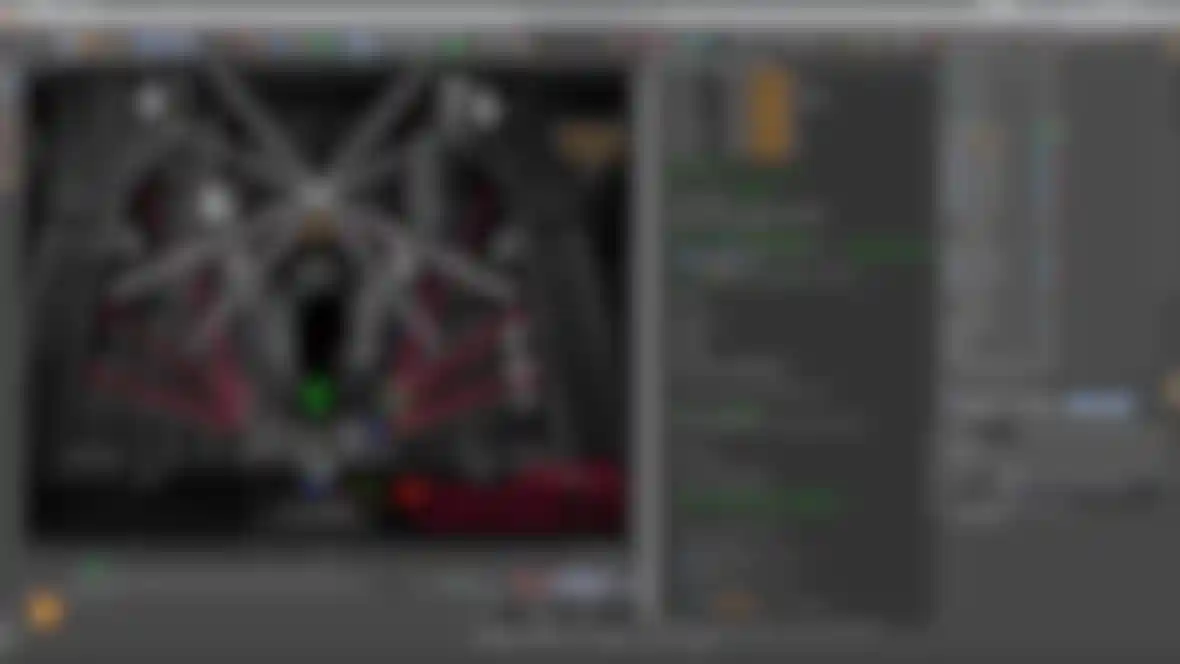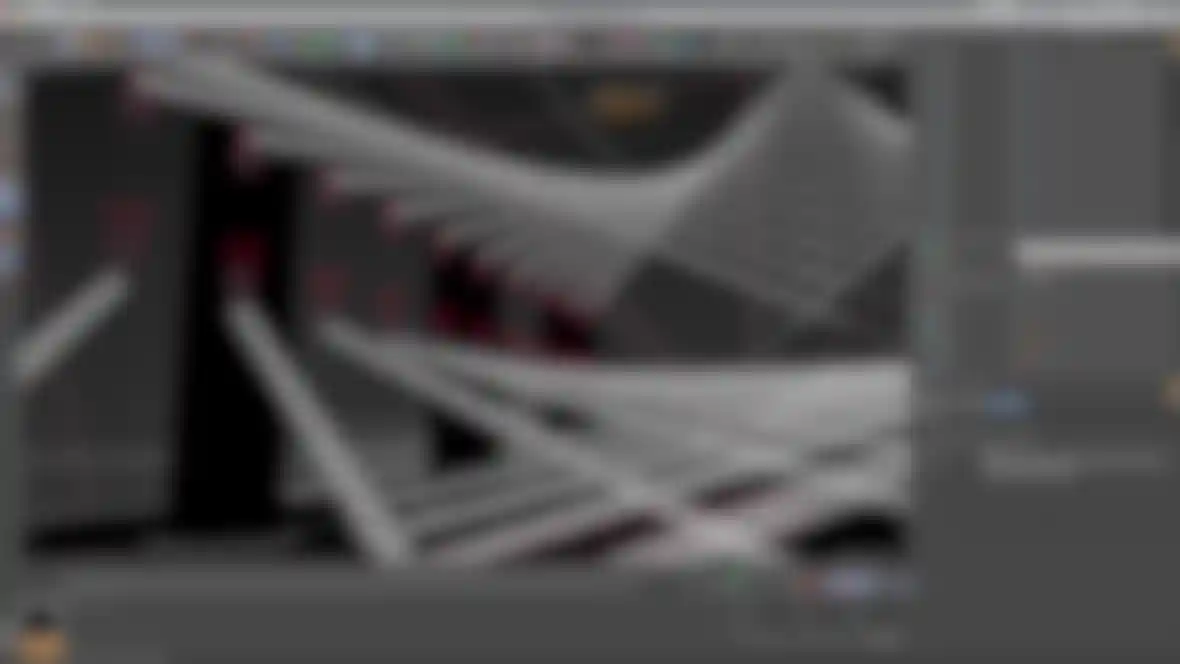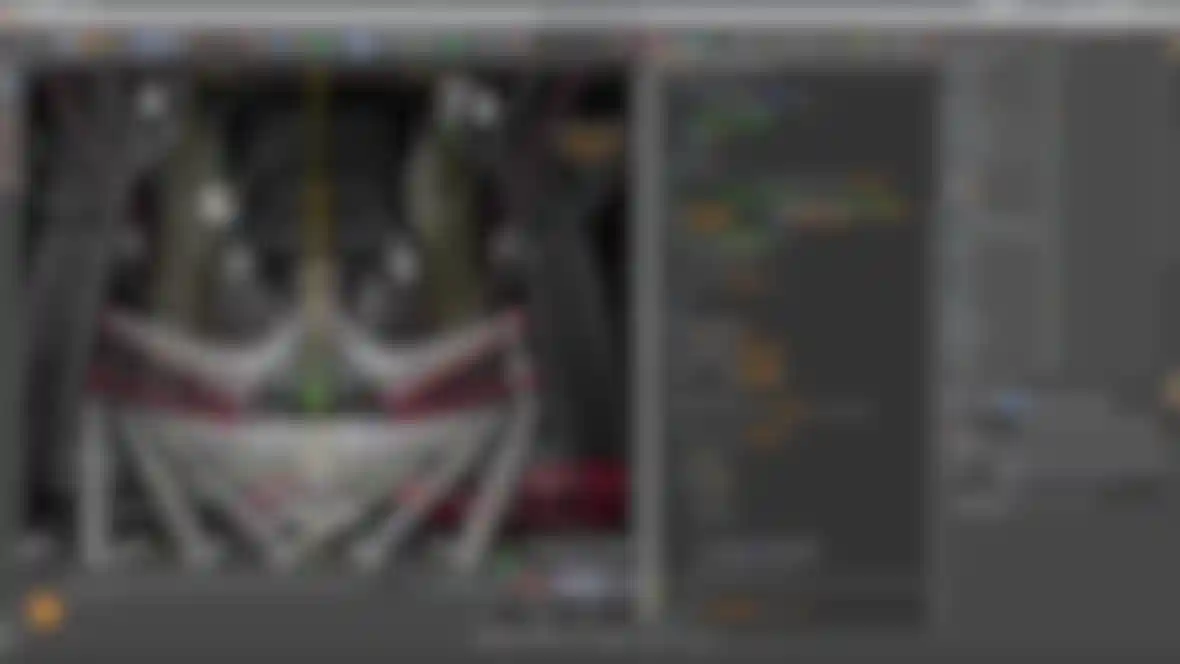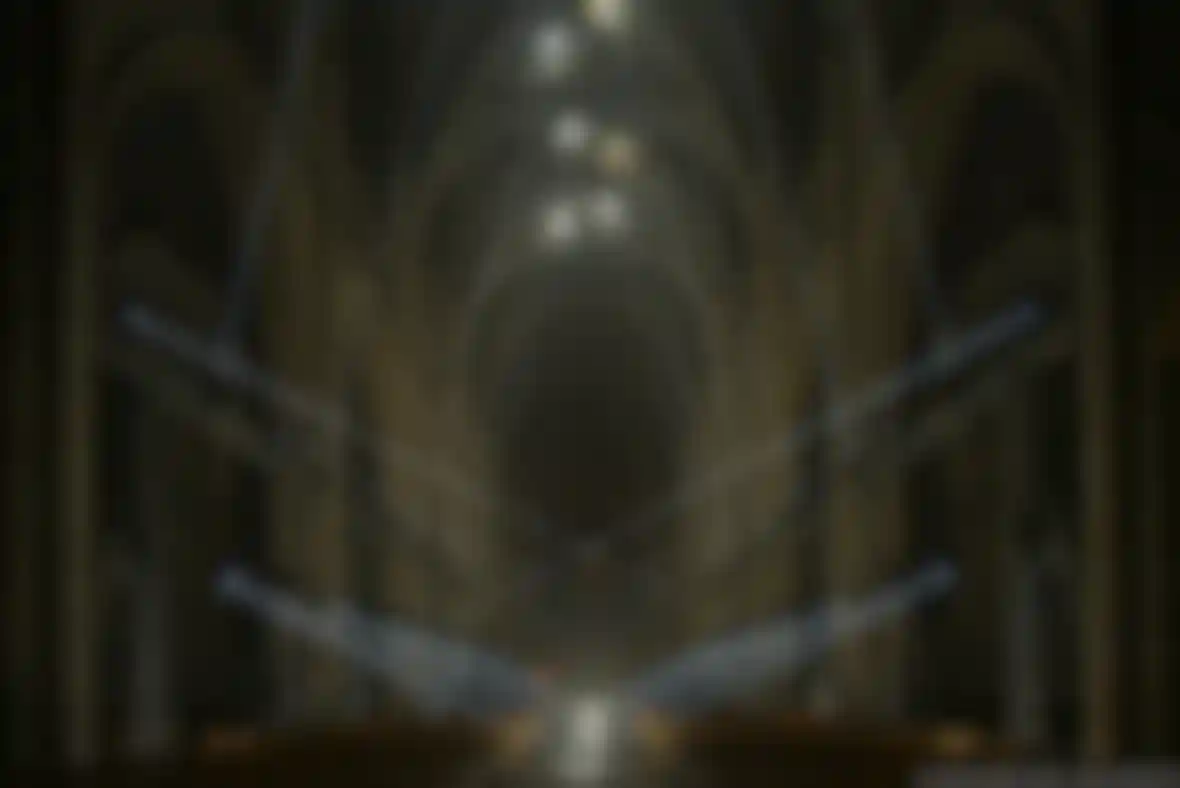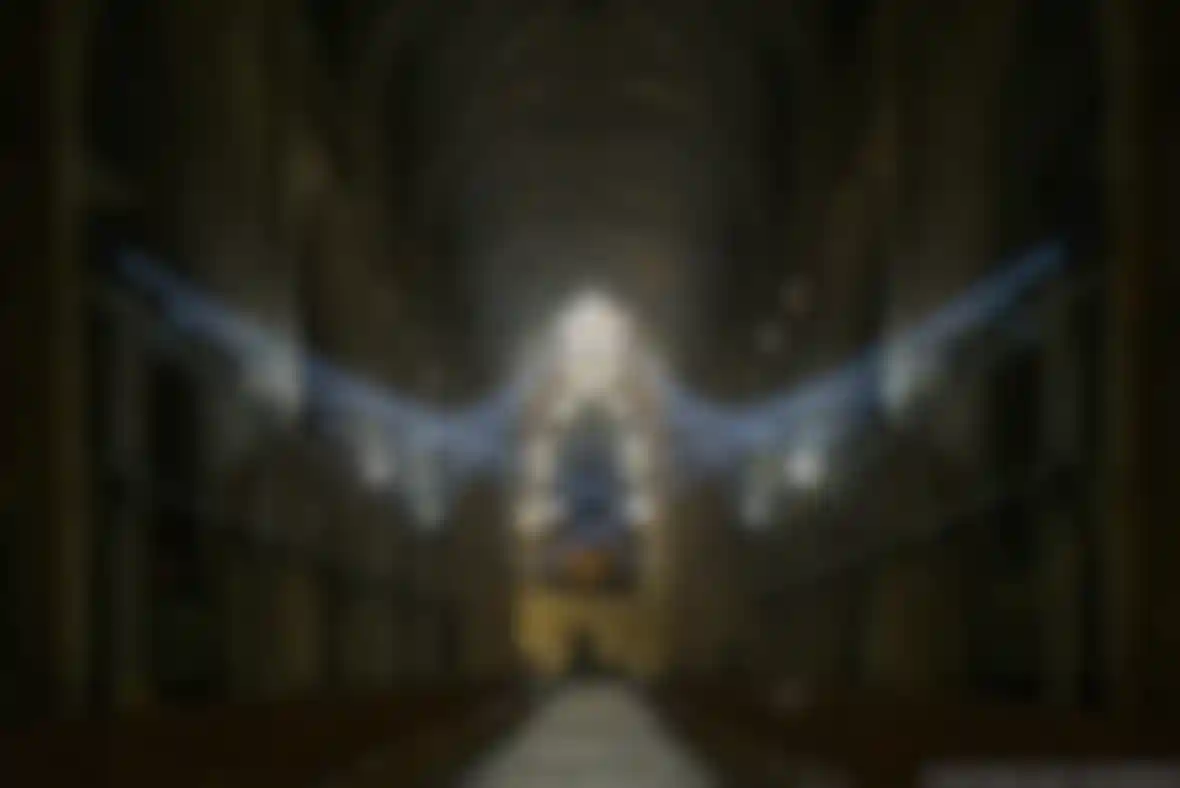
Lightshow in York Minster Jason Bruges Studio uses Cinema 4D to put England's largest Medieval church in a new light.
Each year, internationally renowned artists bathe the English city of York in an extravagant light show that literally casts new light on the town's well-known landmarks. In 2016, 'Illuminating York', as the event is known, cast its lights on 8 main sites, including York St John University, the Shambles tourist quarters and England's largest Medieval church, York Minster.
For this year's show, London-based Jason Bruges Studio created the light show for the cathedral, whose construction was completed in 1472. The designers and visualizers had the ambitious goal of adding a new dimension to the stone masons' elaborate work. This impressive light show titled 'Light Masonry' was controlled using Cinema 4D.
To be able to control the installation's 48 spotlights, a production pipeline had to be created: the team started with a streamlined pre-viz system that displayed the spotlights' behavior in the Viewport in Cinema 4D. Next, a real-time control system for the real-world spotlights had to be implemented so they could be controlled directly in the Viewport. For the final presentation of the light show, the data for controlling the spotlights was exported to a proprietary format. This data was then played using a player software that was specially designed for this purpose.
"Controlling lighting fixtures such as the ones described directly from Cinema 4D is something I'd prototyped a couple of times before successfully. It was the leap from prototype to production which would introduce a significant number of challenges," explains senior visualizer Adam Heslop.
At the beginning of the project it was not clear, which type of spotlight would be used. Each model requires different control data because the various types all have different functions. A Python plugin generator was developed for use in Cinema 4D specifically for the purpose of testing various spotlight models. This plugin used parameters and control methods for the individual spotlights to create models in Cinema 4D with corresponding properties. This made it possible to control all of a given spotlight's parameters live in Cinema 4D.
Each spotlight had a defined position in space and a specific target. As soon as the target was moved, the corresponding rotation for the spotlight was activated. MoGraph matrices, which could be easily affected by MoGraph Effectors, were used as targets for the spotlights. MoGraph made it possible to not only affect the spotlights' parameters but also let all spotlights be controlled as a group. This greatly simplified his workflow, as Adam explains: "Being able to modulate groups of objects spatially (in this case the light target Matrix clones) through effector based setups allows for really fast generation of architectural looks and forms."
A further proprietary plugin was used to animate the light show, which was used to control the animation on a node basis. The advantage of this was that complex, undulating animations for the spotlights could be activated by the falloff of a single animated MoGraph Effector. This eliminated the need to create keyframes for each spotlight.
"When using C4D for a project like this, the benefits really come from the solid core features," says Adam, and also praises the software's flexibility. A stable Timeline for the keyframing workflow and F-Curves makes working with Cinema 4D extremely intuitive.
The designer is convinced that the final result of this highly complex project was well worth the effort: "Hearing the organ with the lights in the space for the first time set as loud as it could go was pretty unforgettable."
Jason Bruges Studio website:
http://www.jasonbruges.com/
Images and minster footage by James Medcraft.
